- Home
- Product Information
- SUMIKAEXCEL PES
- Electrical Properties
PES is a heat resistant material that possesses electrical insulating properties. It maintains an outstanding Relative permittivity and dielectric dissipation factor, as well as superb electrical resistance, up until temperatures exceeding 200°C.
Relative permittivity
The dielectric constant of SUMIKAEXCEL PES is constant from 60Hz to 1GHz, and is only slightly higher when molded products absorb water.
Figure 3-6-1 Temperature Dependence of Relative permittivity
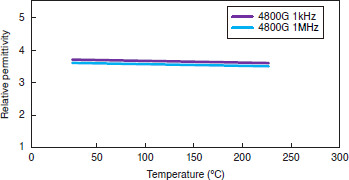
Figure 3-6-2 Frequency Dependence of Relative permittivity
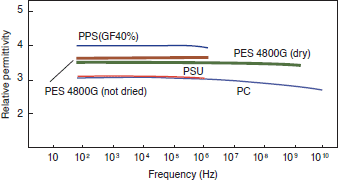
Dielectric dissipation factor
The dielectric dissipation factor of SUMIKAEXCEL PES is stable at a low value of about 0.001 at the 20 to 150°C temperature range. The frequency dependence of the dielectric dissipation factor is about 0.003 even at 10GHz.
Figure 3-6-3 Temperature Dependence of Dielectric Dissipation Factor (60Hz)
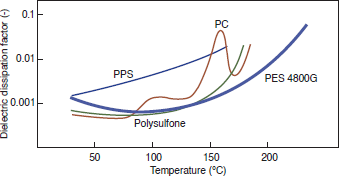
Figure 3-6-4 Frequency Dependence of Dielectric Dissipation Factor
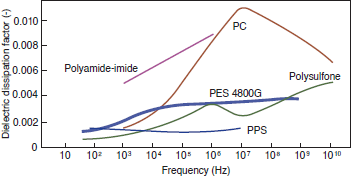
Volume Resistivity
PES possesses a high volume resistivity of 1011 Ω-m, even at 200°C.
Figure 3-6-5 Temperature Dependence of Volume Resistivity (Polarization Time : 1000 sec.)
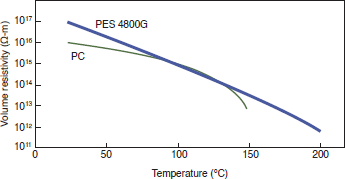
Insulation Properties
SUMIKAEXCEL PES has good insulation properties, and insulation remains almost the same even when the temperature increases.
Figure 3-6-6 Temperature Dependence of Dielectric Strength of SUMIKAEXCEL PES
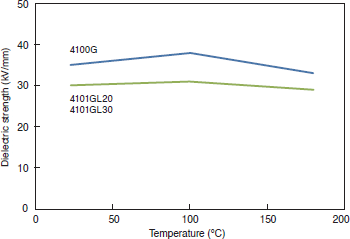
| Test conditions | |
|---|---|
| Test method | : IEC 60243-1 reference |
| Test piece thickness | : 1.6mm |



